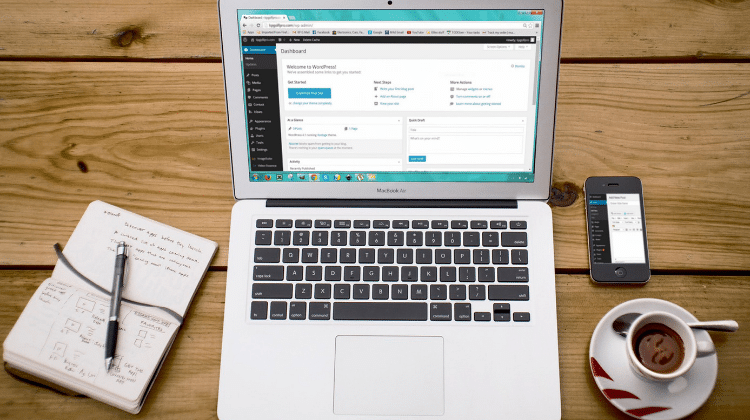
Brought to you by Navads:
Wondering how you can white label a WordPress dashboard? Whether it’s for your clients or users, this article will help you do it. You’ll learn how to customize the admin’s dashboard and the benefits that you get when you offer a white label dashboard. Whether you’re trying to manage local listings with a white label dashboard or just have metrics for client websites, the opportunities are endless..
What is a White Label Dashboard?
A white label dashboard is a custom customer interface.
The objective is to reduce confusion and ensure users have access to the features they need. With a white label dashboard, you can add your logo and give users access to specific menus and widgets as needed.
How is It Done?
White labeling is implemented through plugins or by re-coding components of the dashboard. It’s not difficult and adds advantages that are worth the effort. You’ll learn more about these advantages later in this article.
Why is It Important to White Label Your Dashboard?
It enables an agency to offer login screens and administration features to their customers through a fully branded experience. The customer, having developed a relationship with the brand, feels more confident working with the company and buying upsells.
Advantages of Using a White Label Dashboard
1. Opportunity to Brand
Dashboards give an agency a chance to incorporate branding components all through the experience. Displaying your logo and other brand elements strengthens your company’s relationship with customers.
Enhancing the relationship provides you chances to pitch additional products or services while building your brand’s dependability. Relationship building also increases referrals, sales, and company revenue.
2. Saves Time
Creating custom dashboards for new clients may seem time-consuming at first, but in time, the benefits will outweigh the initial time investment. In fact, you’ll end up saving more time in the future when you offer white label dashboards.
White label gives you opportunities to enhances and refine your offers on an ongoing basis. New features and advantages are communicated to your customers every time they’re added, which improves the user experience and helps to strengthen your relationship with them.
3. The Role of the User
Unnecessary features are removed by the custom dashboard. This is because a white labeled dashboard is streamlined for each user making their work easier and more efficient.
Removing features that people don’t need enhances productivity by removing clutter and allowing users to focus on what’s important to them.
4. Fewer Problems
One thing that you ought to remember is that customers aren’t gifted web designers meaning they’ll tinker with all the features. One of the reasons websites crash are the problems caused by customers fiddling with features that they shouldn’t be using.
By removing features that users shouldn’t have access to, you’ll decrease the possibility of these problems occurring.
5. The Ability to Subcontract
White label dashboards enable agencies to investigate sub-contracting openings by giving external workers access to their services.
For some businesses, sub-contractors, like content creators, can pitch some of their services to customers and bring those customers to your business through the white label dashboard, meaning they’ll build a relationship with your brand simply by accessing their dashboard with your logo and brand elements on it.
6. Meeting Customers’ Expectations
Most white label organizations profit from backend services. They give the custom dashboard where a supplier works with customers, but the white label organization benefits too. Here is how it works:
Let’s say a customer needs assistance with a charging request and connects by utilizing their dashboard. They’ll be sent to the white label supplier, however, believe they’re taken care of by the white label organization. The client benefits by getting the dedicated help they need, and the white label organizatio benefits since they’re not investing energy dealing with the client request.
7. Unwavering Quality
Remember, the white level dashboard is what an organization would consider its product. What this means is that the organization is investing in developing and offering the service which is useful when another business needs the white label dashboard, but it doesn’t have enough funds to build it themselves.
Since, your custom dashboards are offered through the cloud, your users will have reliable uptime, which is usually critical to doing business and keeping customers happy.
Now with the above said, which is the best way to implement custom features?
Implementing Custom Features
Executing a white label dashboard is done through plugins and re-coding.
You can get WordPress plugins that provide white labeling capabilities through several plugin marketplaces like the Code Canyon website. However, it’s important to understand the primary disadvantages of relying on a third party plugin are that support might not be reliable or available at all and updates can be infrequent. On the other hand, if you have a proficient WordPress developer help you build your white label dashboard, re-coding eliminates these disadvantages.